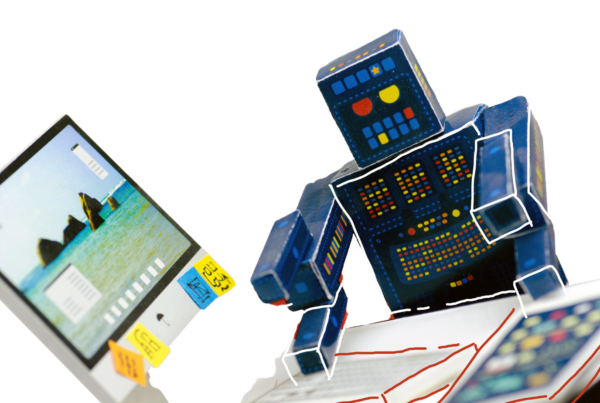Artificial Intelligence (AI) plays an instrumental role in the evolution of customer service and the overall customer experience – helping reduce the overall customer effort and meeting the ever-rising expectations of the ‘always-on access’ customers, who instinctively want to self-manage on their own terms.
With the rise of so many AI based technologies available in the market place, how do we cut through all the noise? There’s a great deal of confusion in the market regarding the difference between Machine learning, Conversational AI and a Chatbot? How do you know which will exceed your customers’ expectations?
AI is an overused term in our industry along with the cloud. Not only is it overused, people often confuse it with a robot such as ‘chatbots’.
Chatbots give a fixed response to a specific question or instruction. The questions and answers are preloaded, this is known as “product control and information response”. The conversation cannot deviate from the approved, preloaded path which requires heavy lifting and results in robotic conversations. These Chatbots provide answers to questions rather than have conversations. An example of this would be Microsoft Teams Chatbot.
AI, machine learning, and deep learning are the same thing.
Machine learning is a subset of AI that enables “intelligence” by using training algorithms and data.
An example of AI Machine Learning in the contact centre industry is a ‘Conversational AI’; such as Cirrus’ AI.
Conversational AI’s understand content and recalls information at the point of need. They will then interact with a person and make a choice about the best way in which to respond. They will then improve over time as they continuously learn about your business, industry and customers to fulfil a sales or customer service objective. Conversation is a human algorithm and Conversational AI’s are capable of it.
In the contact centre, customer experience and choice are paramount, therefore it’s fundamental that the AI technology has API integration capability. Should the AI technology get stuck, (for example, if the content isn’t available) the AI is able to hand over to a live customer service agent via a choice of email, chat, SMS, WhatsApp (MMS), any social media platforms and any platforms that have API integration.
Many AI technologies claim to do ‘everything or be a complete solution’. Organisations assert claims on their websites, but it is very difficult to find live examples supporting those claims. For instance, IBM Watson is the leading AI analytical engine in the marketplace but it doesn’t have engagement capabilities like these Conversational AI’s available today.
Therefore, when you are looking at implementing these AI technologies, you must consider the following;
- Are your customers able to have fluid conversations and have their queries resolved by the AI technology?
- Can your AI technology fulfill objectives and goals (sales/customer service) from any type of interaction?
- Can the AI technology learn by itself (reading website content/XML content) and recall it at the point of need?
- Will it be able to provide a clear return on investment for sales or customer service related issues?
Ultimately, the fundamental difference between these AI technologies in the market today is applied intelligence to service orientated goals.




